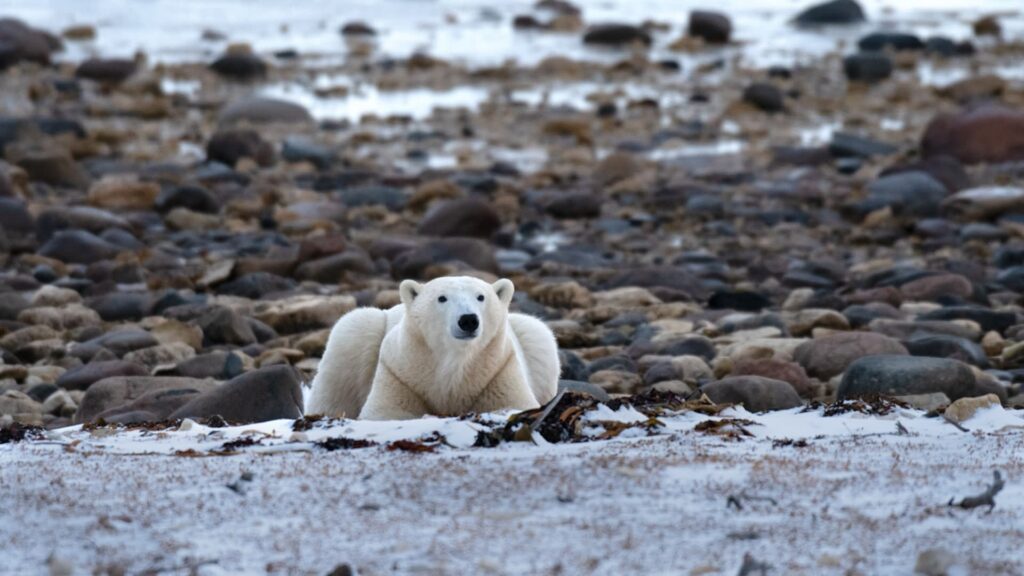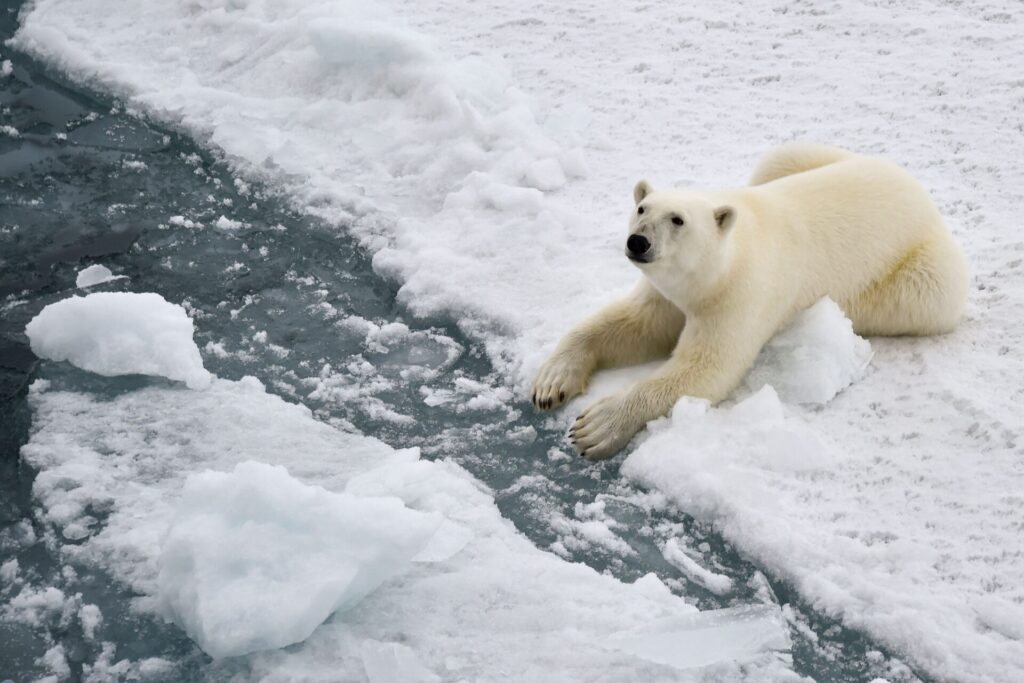
In a recent study published in the scientific journal PLOS One, researchers discovered a significant increase in the exposure of polar bears to viruses, bacteria, and parasites. This alarming trend is directly linked to the rapid melting of Arctic sea ice, which is forcing these iconic animals to spend more time on land.
A Growing Threat
As polar bears venture onto land, they come into contact with new pathogens that can pose serious health risks. The study compared blood samples from polar bears in the Chukchi Sea between 1987-1994 and 2008-2017, revealing a stark increase in exposure to various microorganisms.

While polar bears are generally resilient to disease, the increasing frequency of contact with new pathogens could weaken their immune systems and make them more susceptible to illness. This, in turn, could have a significant impact on their survival and reproduction rates.
The Impact on the Arctic Ecosystem
Polar bears play a crucial role in the Arctic ecosystem as apex predators. A decline in their population could have far-reaching consequences for the entire food chain. Additionally, as polar bears spend more time on land, they may come into closer contact with human settlements, increasing the risk of human-bear interactions and potential conflicts.

The Urgent Need for Climate Action
To protect polar bears and the Arctic ecosystem, it is imperative to address the root cause of the problem: climate change. Reducing greenhouse gas emissions, transitioning to clean energy sources, and implementing sustainable practices are essential to slow the rate of global warming and preserve the Arctic habitat.

By taking immediate action to mitigate climate change, we can help ensure the survival of polar bears and countless other species that depend on the delicate balance of the Arctic ecosystem.

Leave a Reply